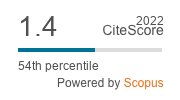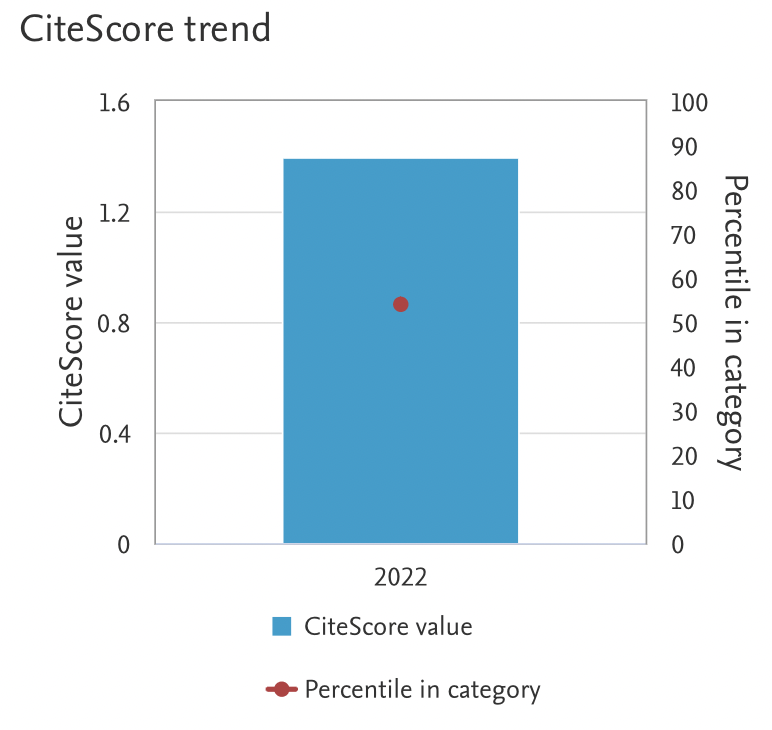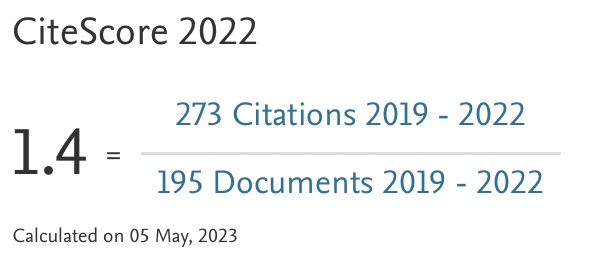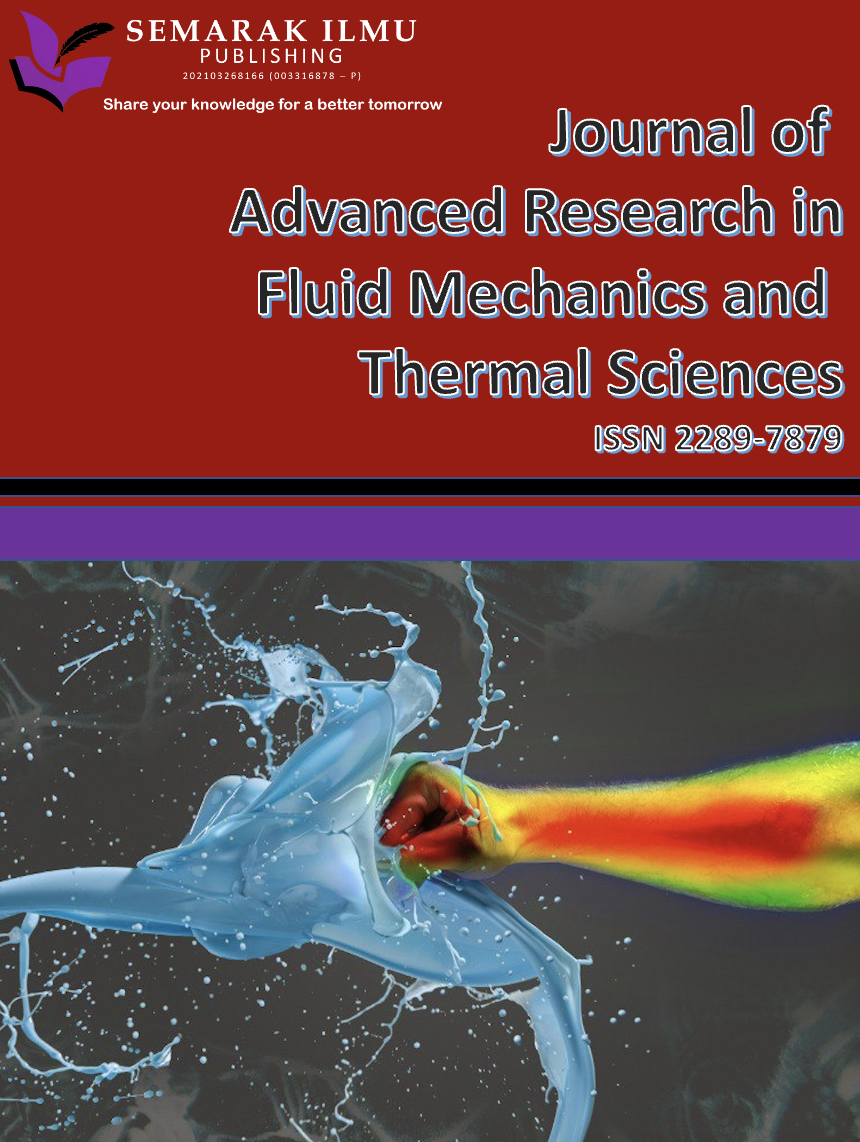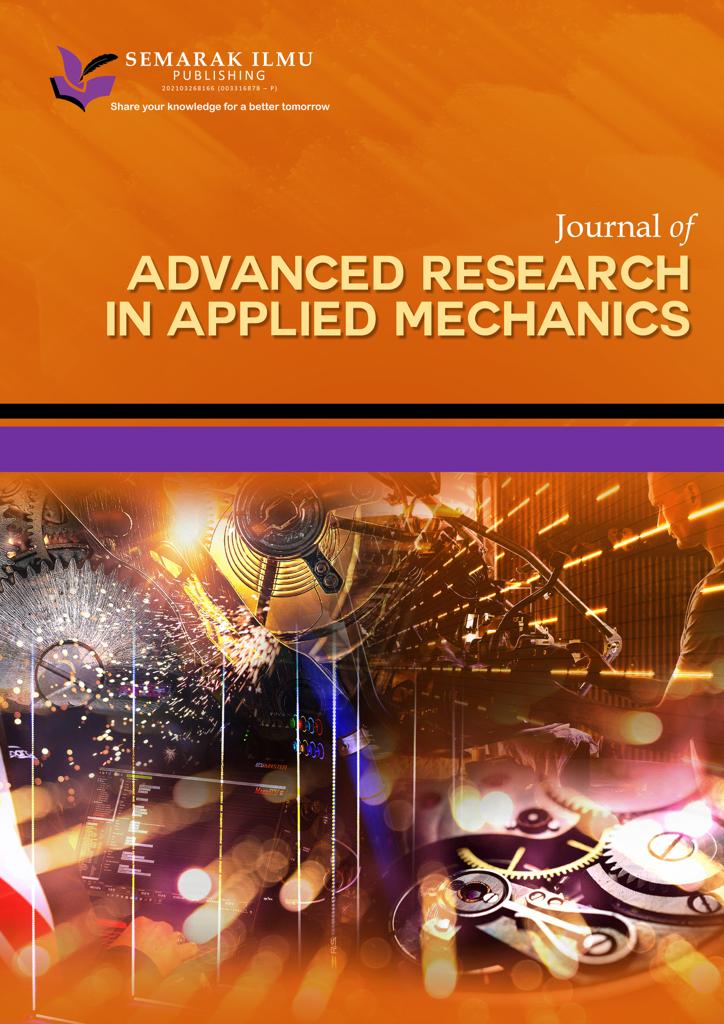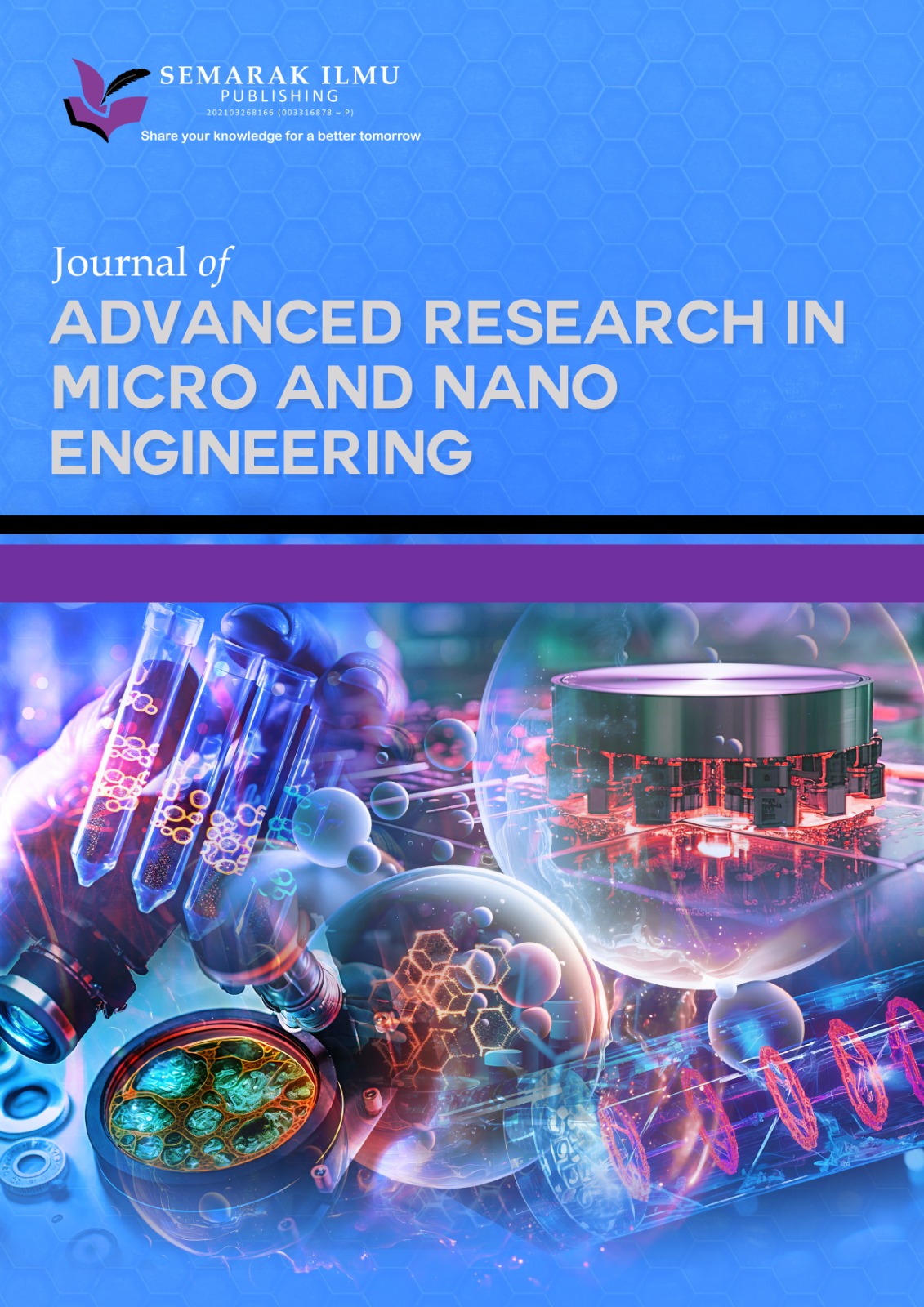Novel Method for Sentiment Analysis in Social Media Data Using Hybrid Deep Learning Model
DOI:
https://doi.org/10.37934/araset.32.1.272289Keywords:
Deep Learning, Social media, Autoencoder, Sentiment analysis, Feature extractionAbstract
It is common practise to employ a contextual mining approach called sentiment analysis (SA) to glean subjective but potentially helpful information from textual data. In order to recognise, analyse, and extract answers, states, or emotions from the data, it employs Natural Language Processing (NLP), language understanding, forensics, and cognitive science. Significant progress towards a better SA model may be made using the features analysis method. In recent years, feature extractions have made extensive use of GloVe and Word2vec embedding models. They require a huge corpora of text data for training and creating accurate vectors, but they ignore emotional and contextual information in the text. Out-of-Vocabulary (OOV) words are not considered while creating these vectors, hence some information may be lost if these methods are used. The limited availability of annotated data is another obstacle to sentiment categorization. Misclassification may occur when there is a discrepancy between the review and the label. In this research, we offer a hybrid SA model capable of overcoming the challenges posed by missing ratings and reviews due to noise, out-of-context phrases, and context. To investigate and conduct sentiment and appropriate analysis, this study proposes an Autoencoder Bi-directional Recurrent Neural Network (ABRNN) based on Bi-directional Encoding from Transformers (BET). The reviews are initially categorised by their polarity ratings using the zero-shot categorization. Then, the data is fed into a pre-trained BET system to extract embeddings based on the semantics and context of sentences. The neural network, made up of expanded and hybrid LSTM, was then fed the acquired contextual embedded vectors. For extracting both global and local spatial contextual characteristics from the embedded data, this approach employs expanded approach in place of traditional approach. The complete phrase sequencing is performed with the help of Hybrid Long Short-Term Memory (HLSTM). Measures of accuracy, precision, recall, f1-score, and area under the curve (AUC) are used to assess the ABRNN model on four separate text datasets from different domains. Because of this, ABRNN may be utilised well for SA processes on social media evaluations, with no loss of data.Downloads
Download data is not yet available.
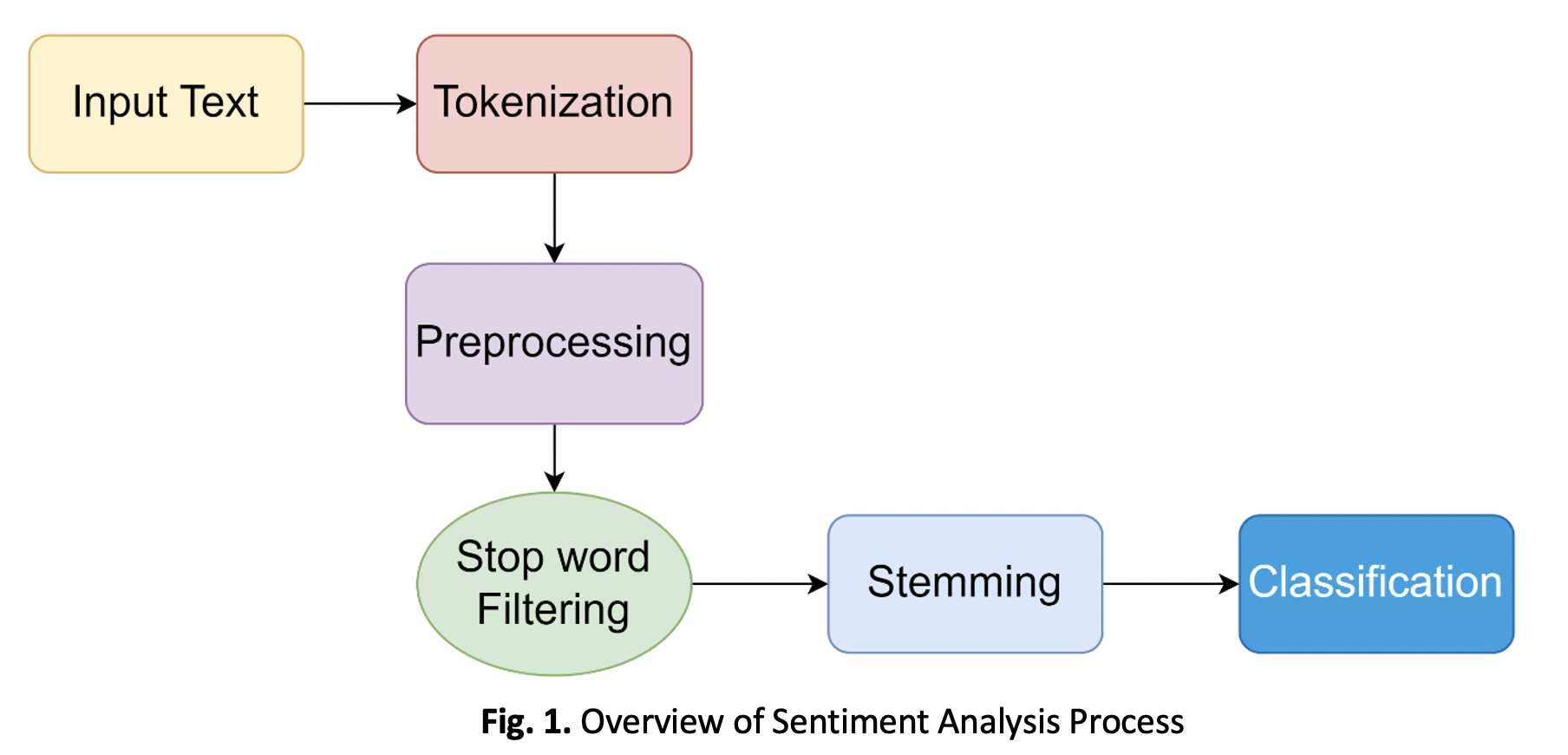
Downloads
Published
2023-09-03
How to Cite
Harika vanam, & Jeberson Retna Raj. (2023). Novel Method for Sentiment Analysis in Social Media Data Using Hybrid Deep Learning Model. Journal of Advanced Research in Applied Sciences and Engineering Technology, 32(1), 272–289. https://doi.org/10.37934/araset.32.1.272289
Issue
Section
Articles








